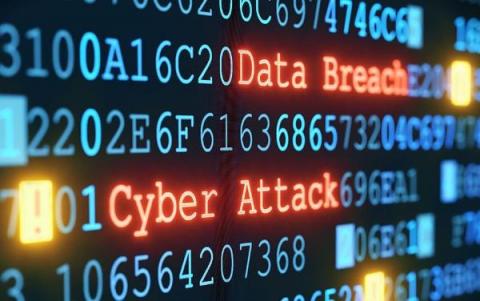The SOC Manager/Director Role: Skills, Duties, Salary & More
Cybercriminals target organizations to steal sensitive data, disrupt operations, or cause damage to organizations. But a well-designed security operations center (SOC) helps prevent these attacks from ever occurring. SOC managers detect and respond to cyber security threats to ensure your organization operates securely. They manage the team, develop policies and procedures, and keep the CISO informed about security operations. Let’s take a look at the SOC manager role.











